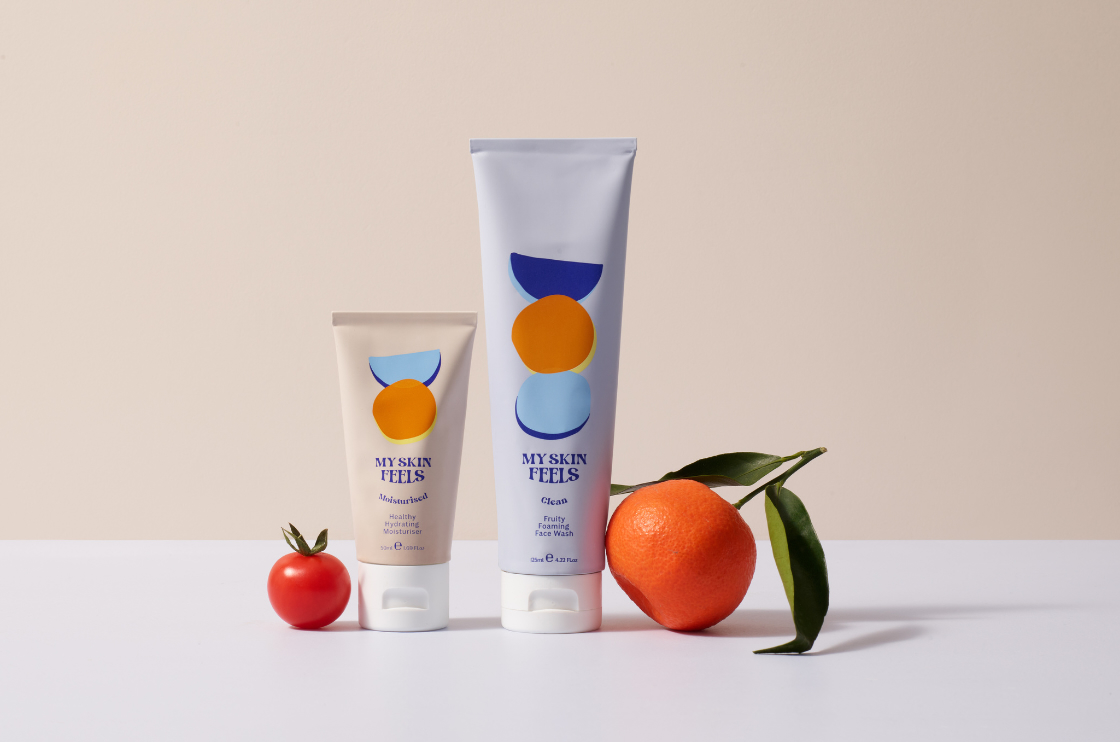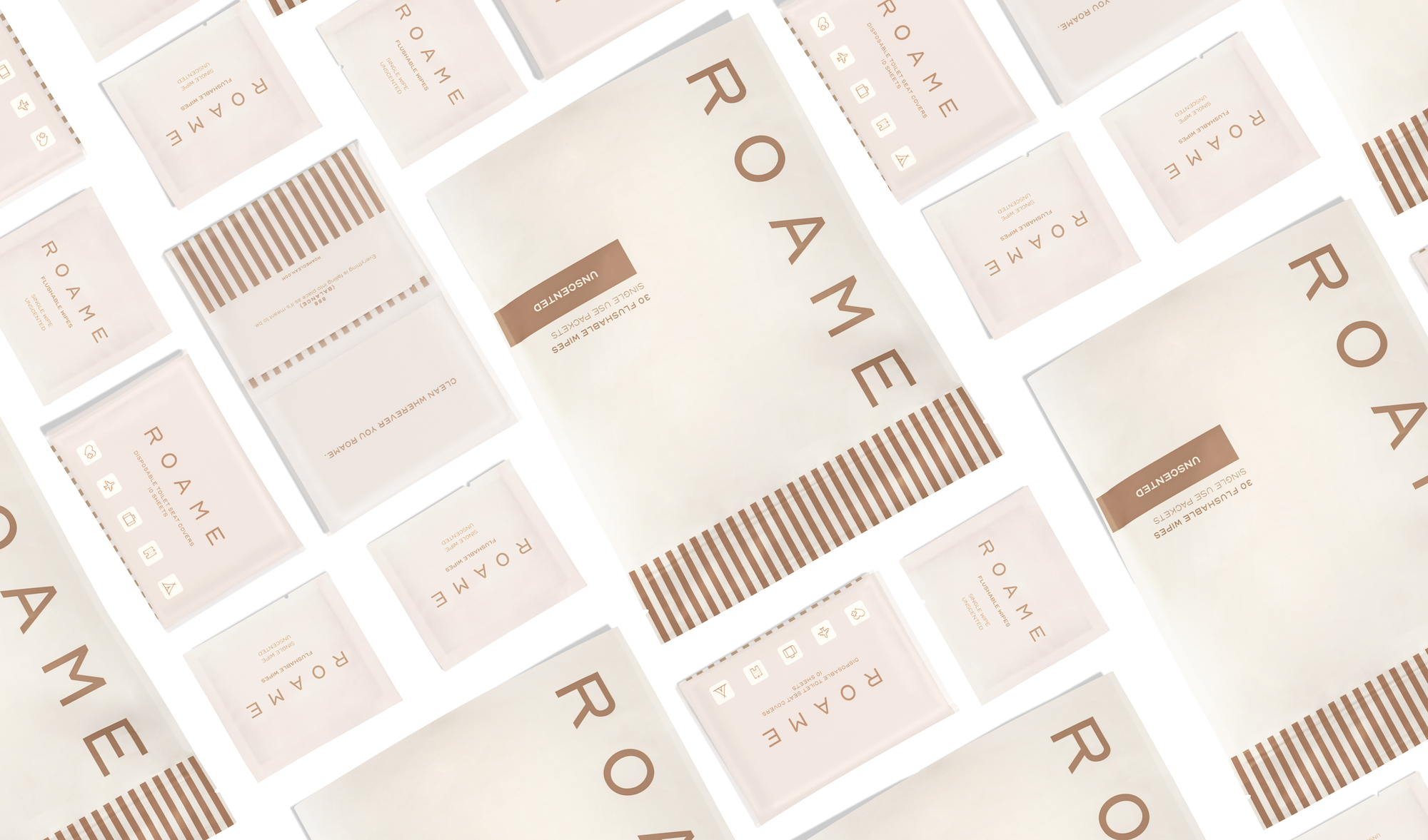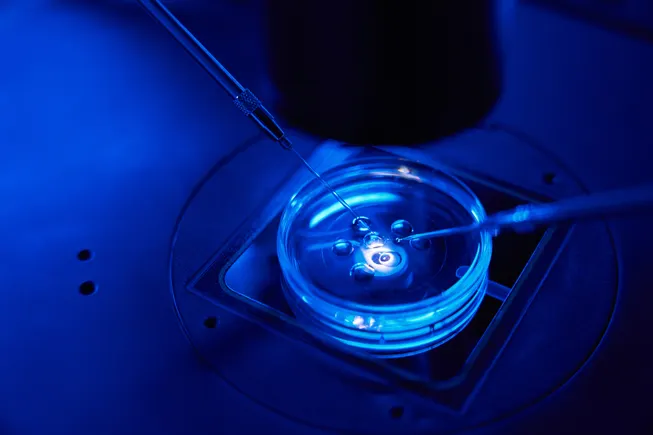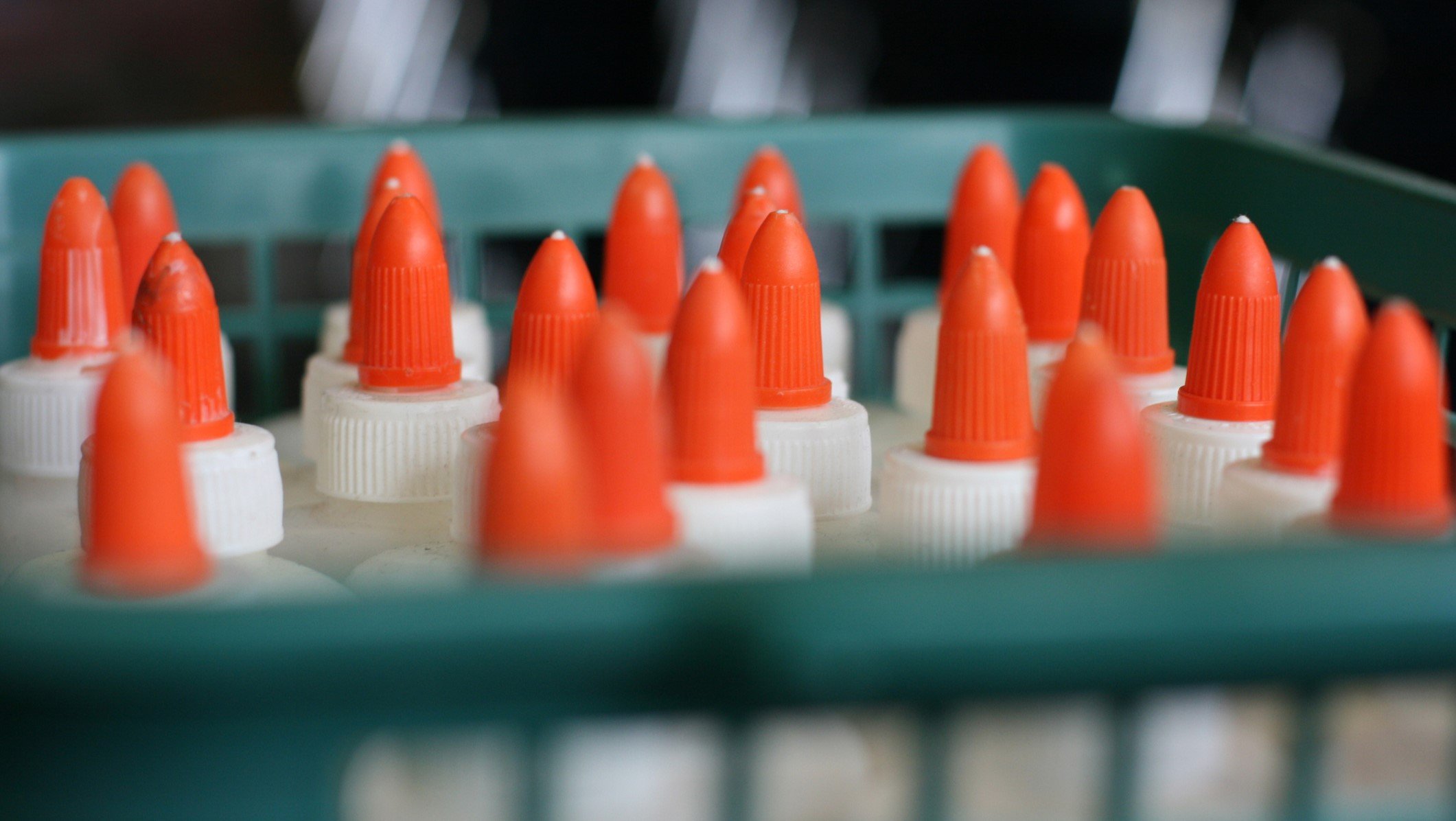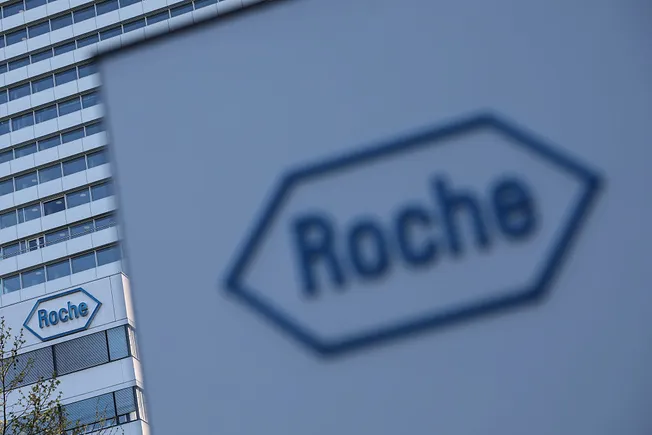Enhanced Photodynamic Therapy Synergizing with Neutrophil Recruitment Boosts Drug‐Resistant Bacterial Clearance
Advanced Healthcare Materials, EarlyView.

To address antibiotic-resistant bacteria interfering with innate immune defenses, a nano-chemoattractant integrating photodynamic therapy and neutrophil recruitment is developed through a self-assembly strategy. The system enhances bacterial adhesion, disrupts biofilms, and promotes neutrophil-mediated bacterial clearance, demonstrating potent efficacy against drug-resistant bacterial keratitis in a mouse model. This offers an insight into an alternate approach for treating infectious diseases.
Abstract
Antibiotic-resistant bacteria produce some virulence factors as immune evasion molecules that interfere with a variety of innate immune defenses, which is associated with reduced levels of neutrophil recruitment. Antibiotics and neutrophils recruited by endogenous chemokines are not able to efficiently eliminate the bacteria at the site of infection. Here, a nano-chemoattractant (fZnCB) is developed with photodynamic therapy and neutrophil recruitment by a multi-component self-assembly strategy to coordinate benzoxaborole-modified Chlorin e6 (Ce6-BN) and formylated peptides (fMLFH) through Zn2+. This innovative system synergistically collaborates with neutrophils through photodynamic effects to combat drug-resistant bacteria. Furthermore, the nano-chemoattractant not only demonstrates exceptional bacterial adhesion properties, biofilm dispersion by photodynamic activity but also boosts the recruitment, engulfment, and killing of bacteria by neutrophils. Its remarkable therapeutic efficacy against bacterial keratitis has been validated in a mouse model. This offers a new insight into an alternate approach for treating infectious diseases caused by drug-resistant bacteria.















































